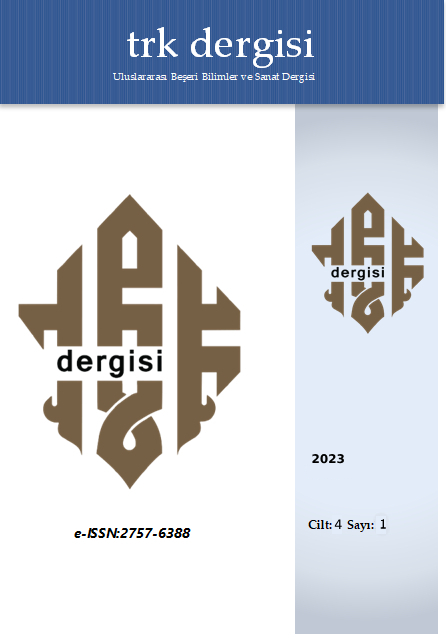Boğaz Çalmada Dönüşüm Ve Geleneğin Güncellenmesi: Vokalden Enstrümana Geçiş
DOI:
https://doi.org/10.5281/zenodo.8277890Keywords:
Teke Yöresi, Yörük, Gelenek, Boğaz Havaları, İcra TeknikleriAbstract
TRANSFORMATION AND UPDATING OF TRADITION IN THROAT SINGING: TRANSITION
ABSTRACT
The region referred to as Teke Region has been home to the Yoruks for hundreds of years and has played an important role in forming the main lines of the traditional music culture unique to the region. The instruments and music genres in the music traditions of the nomads bear the characteristics of the nomadic life. Especially throat singing, which is a vocal tradition of making music, and throat melodies, which are the output of this tradition, are the types of music that we encounter as an important part of the lives of the nomadic shepherds. Melodies, which were originally produced vocally by female shepherds, usually between the ages of 12 and 17, started to be performed with instruments with the cultural transformation that took place over time, and then took their place in music culture under the name of "Boğaz havaları (throat melodies)". As a result of the transformation experienced, throat melodies continue to be performed with instruments such as three-string cura, iklig, kabak kemane, kemane, yoruk kemane, kaval, chigirtma, chobanduduk, and sipsi. In these performances, various performance techniques have emerged according to the structural features of the instrument and the melodic structure.
Keywords: Teke Region, Yoruk, Tradition, Throat melodies, Performance techniques
Downloads
Published
How to Cite
Issue
Section
License
Copyright (c) 2023 trk dergisi

This work is licensed under a Creative Commons Attribution 4.0 International License.





